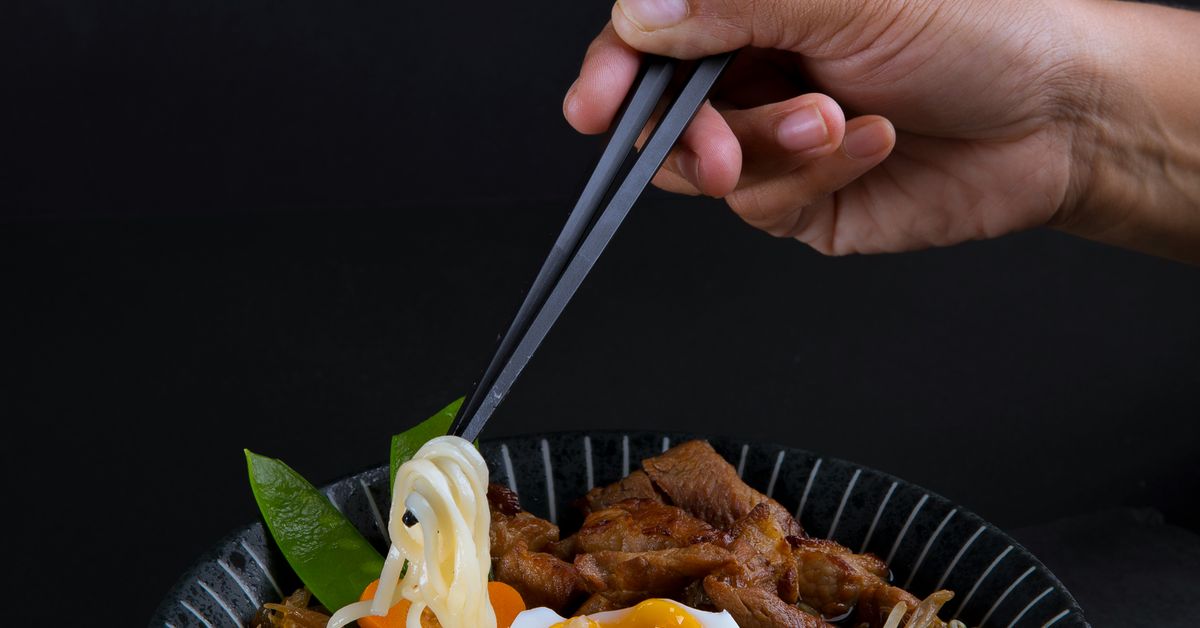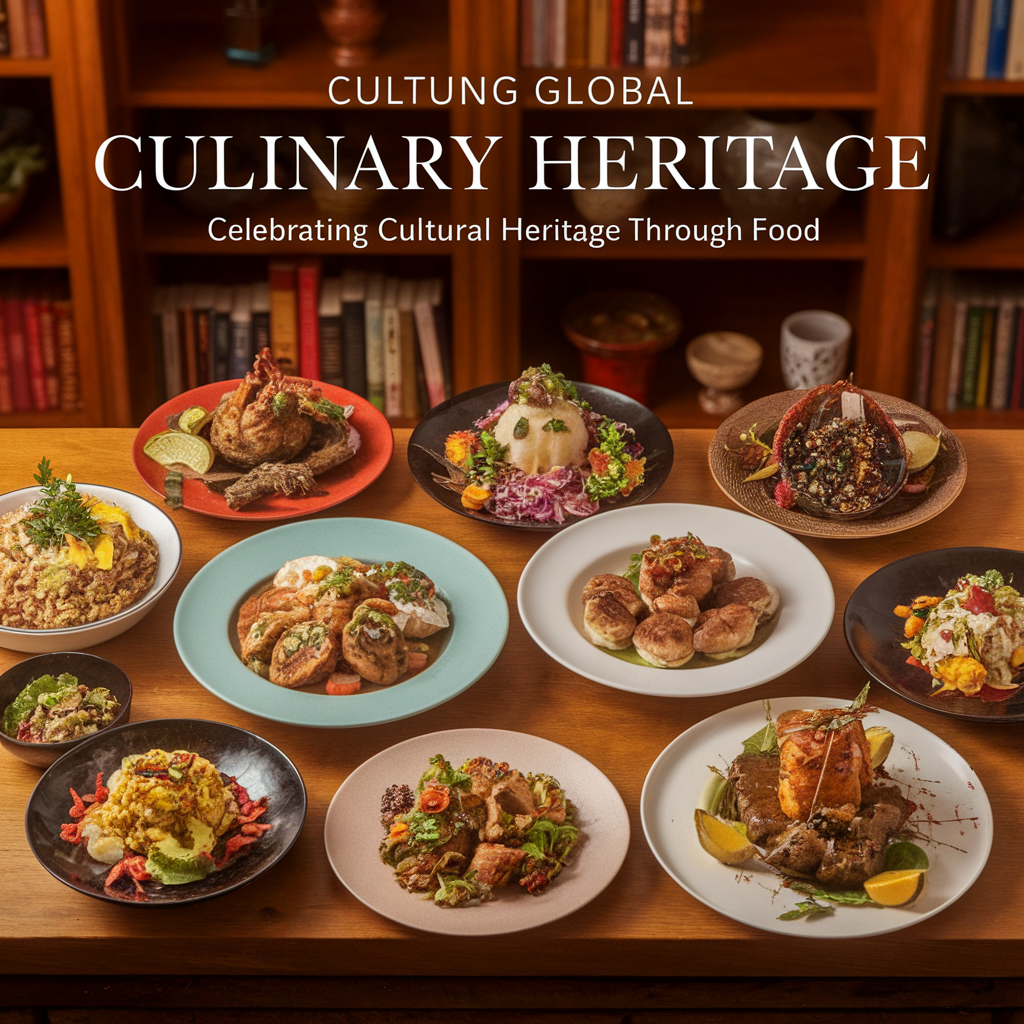Why Do These Timeless Comfort Foods Make Us Feel So Good?
Let’s face it: there are days when nothing but a warm bowl of mac and cheese or a slice of grandma’s apple pie will do. As the world spins faster and life gets busier, comfort foods remain steadfast pillars of solace. But what is it about these culinary delights that wrap us in a warm hug, even when life feels a bit chilly? Let’s dig into the psychology, nostalgia, and science behind why these timeless favorites bring us so much joy.
The Emotional Connection to Food
Food has an extraordinary ability to evoke emotions. Think back to your childhood—maybe it was your mother’s chicken soup when you were sick or those gooey chocolate chip cookies that came fresh out of the oven after a long day. For many of us, these culinary experiences are intertwined with love, safety, and warmth. In fact, comfort foods often carry memories that are as rich as their flavors.
Dr. John D. DeFries, a psychologist specializing in food behavior, notes that comfort foods often trigger nostalgic feelings. “Food is a powerful emotional trigger. When people eat comfort food, they’re not just tasting flavors; they’re tasting memories,” he explains. It struck me that every spoonful of my mom’s creamy mashed potatoes transports me back to family dinners filled with laughter and stories. That’s the magic of comfort food—it’s like a time machine for the senses.
The Science Behind Comfort Foods
But let’s not forget the science. A significant number of studies suggest that certain foods can boost our mood by affecting our brain chemistry. For instance, when we indulge in our favorite dishes, our brains release dopamine—the “feel-good” neurotransmitter. Foods high in carbohydrates, like pasta and bread, can increase serotonin levels, which is often referred to as the “happy hormone.”
In a study published by the Journal of Health Psychology, researchers found that participants who indulged in their favorite comfort foods reported higher levels of happiness compared to those who ate healthier, but less satisfying meals. It seems our brains know exactly what they’re doing when we reach for that extra slice of pizza, even if our waistlines might not agree.
Nostalgia: The Heart of Comfort Food
Nostalgia plays a crucial role in our relationship with comfort food. Research indicates that reminiscing about past experiences can enhance mood and provide a sense of belonging. When we eat foods that remind us of home or significant life events, we often feel a surge of happiness, even if it’s just fleeting. I remember my first attempt at making lasagna. It was a disaster, but the laughter shared with friends while we tried to salvage my creation is a memory I cherish. That’s comfort food in a nutshell—messy, imperfect, but always enjoyable.
Culture and Comfort Food
Comfort foods vary widely across cultures, each steeped in tradition and history. In Italy, it might be a hearty bowl of risotto; in Mexico, it could be a plate of warm tamales. These foods often tell stories of cultural heritage, family gatherings, and community. When we indulge in these dishes, we’re not just satisfying our stomachs; we’re connecting with something larger than ourselves.
Take, for example, the Japanese concept of “ichigo ichie,” which translates to “one meeting, one opportunity.” This philosophy emphasizes the importance of cherishing moments, particularly those shared over food. It’s no wonder that Japanese comfort food, like ramen or curry, often evokes feelings of warmth and togetherness. Eating is not merely a physical act but a celebration of life and connection.
The Texture and Taste Factor
There’s also the undeniable allure of texture and taste. How many times have you savored a warm, cheesy slice of pizza and felt that instant wave of satisfaction? The gooey cheese, the crunchy crust, and the zesty sauce create a symphony of flavors that seems to dance on your taste buds. Comfort foods often hit that sweet spot of being both indulgent and familiar, and this interplay of texture and flavor can lead to feelings of happiness and contentment.
The Role of Aroma
Let’s not overlook the power of aroma, either. The smell of fresh baked bread or simmering stew can evoke strong emotional responses, even before the first bite. Research shows that aroma can trigger memories and emotions just as powerfully as taste. It’s almost as if our noses have their own set of sentimental memories, ready to whisk us away to simpler times.
Comfort Foods and Coping Mechanisms
In times of stress or anxiety, many people turn to comfort foods as a coping mechanism. It’s a natural inclination to seek solace in something that feels safe and familiar. Whether it’s a pint of ice cream after a rough day or a big bowl of chili during winter storms, comfort foods provide a temporary escape from reality. They’re like a cozy blanket for the soul.
Still, relying too heavily on comfort foods can lead to unhealthy eating habits. While it’s perfectly okay to indulge every now and then, balance is key. Nutritionists often recommend being mindful of portion sizes and incorporating healthy foods into your diet. But let’s be real—sometimes you just need that extra slice of chocolate cake. And that’s okay, too!
The Ritual of Cooking
For many, the act of preparing comfort food is just as satisfying as eating it. Cooking can be a therapeutic experience, allowing for creativity and expression. I remember spending countless Saturday afternoons in the kitchen, experimenting with recipes and laughing at my own culinary blunders. That ritual of chopping, stirring, and tasting is a form of mindfulness that can ground us, especially during turbulent times.
Moreover, cooking can serve as a way to connect with others. Whether it’s passing down family recipes or hosting a potluck dinner, sharing food fosters relationships and builds community. In a fast-paced world, taking the time to cook and eat together can remind us of what truly matters. After all, who doesn’t love a good meal shared with friends and family?
The Comfort Food Industry
As society evolves, so does the comfort food industry. Nowadays, you’ll find gourmet versions of traditional comfort foods at fancy restaurants, and meal kits that promise to bring those nostalgic flavors right to your doorstep. Food networks and social media have also given rise to a new wave of comfort food influencers, showcasing everything from vegan mac and cheese to gluten-free cookies. It’s fascinating to see how comfort food adapts to contemporary tastes while still holding onto its heartwarming essence.
Yet, amid all these innovations, the classics remain timeless. A well-made beef stew or a chocolate chip cookie, straight from the oven, can still evoke the same feelings of warmth and connection. It’s a testament to the enduring nature of comfort food—a reflection of our collective nostalgia, love, and longing for simpler times.
Regional Variations of Comfort Food
It’s intriguing to see how comfort food varies not just by culture but even within regions. For instance, in the Southern United States, you might find fried chicken and biscuits topping the comfort food charts. Meanwhile, in New England, clam chowder might warm hearts on chilly nights. These regional variations highlight local ingredients and traditions, making them unique yet universally relatable.
- Southern Comfort: Fried chicken, collard greens, and cornbread.
- Midwestern Favorites: Tater tot hotdish, and casseroles galore.
- New England Classics: Lobster rolls and clam chowder.
- West Coast Innovations: Avocado toast and gourmet tacos.
These regional delights not only nourish the body but also serve as cultural markers, connecting us to our roots and to each other.
The Future of Comfort Food
As we look ahead, it’s clear that comfort food will continue to evolve. With the rise of plant-based diets and a growing awareness of health and sustainability, many are reimagining traditional recipes to fit modern values. This fusion of flavors and ideas could lead to exciting new dishes that still evoke the same comforting feelings we hold dear.
Moreover, as we navigate a world increasingly filled with uncertainty, comfort food may take on an even greater significance. In the face of challenges, people will continue to seek out those culinary warm hugs that remind us of home, love, and resilience. I can’t help but chuckle at the thought that, no matter how many kale salads I try to incorporate into my diet, there will always be a special place in my heart (and stomach) for a warm bowl of mac and cheese.
Conclusion: A Lasting Legacy
So, why do these timeless comfort foods make us feel so good? It’s a blend of emotion, science, nostalgia, and culture. They connect us to our pasts, soothe our present anxieties, and offer a taste of joy even amidst chaos. Whether it’s a hearty bowl of soup on a rainy day or a slice of cake on a momentous occasion, comfort food is here to remind us that life, with all its ups and downs, can always be a little sweeter.
In the end, comfort food is more than just sustenance; it’s a celebration of life, love, and the simple pleasures that make our hearts sing. So go ahead, indulge a little—your taste buds will thank you, and your soul just might do a little happy dance, too.




